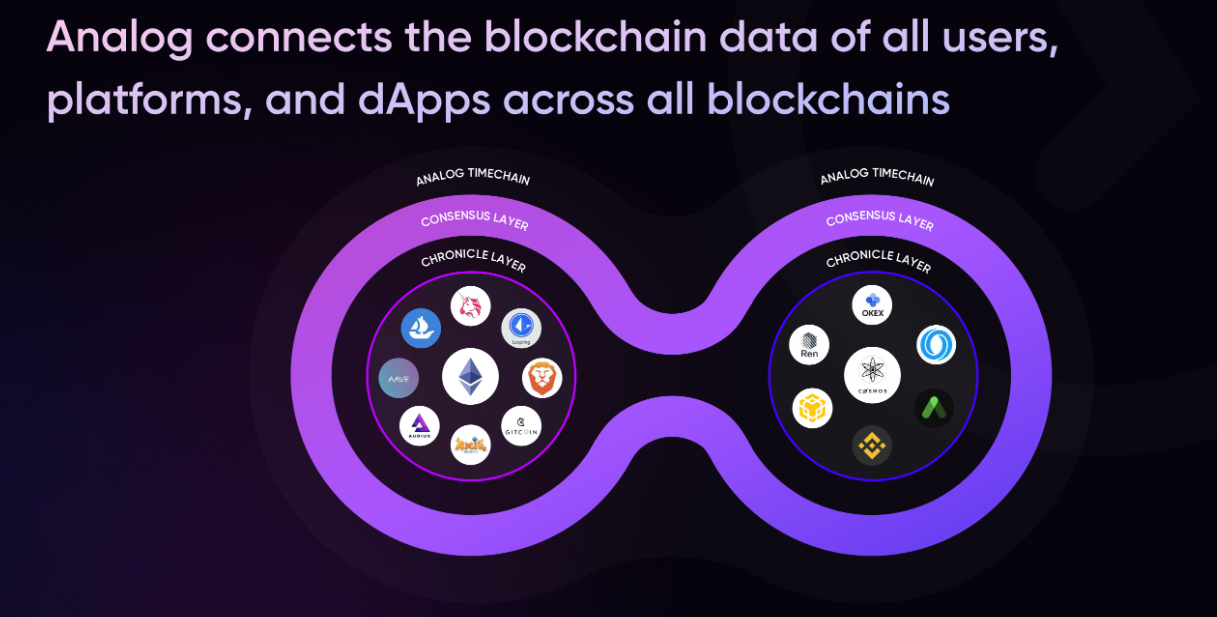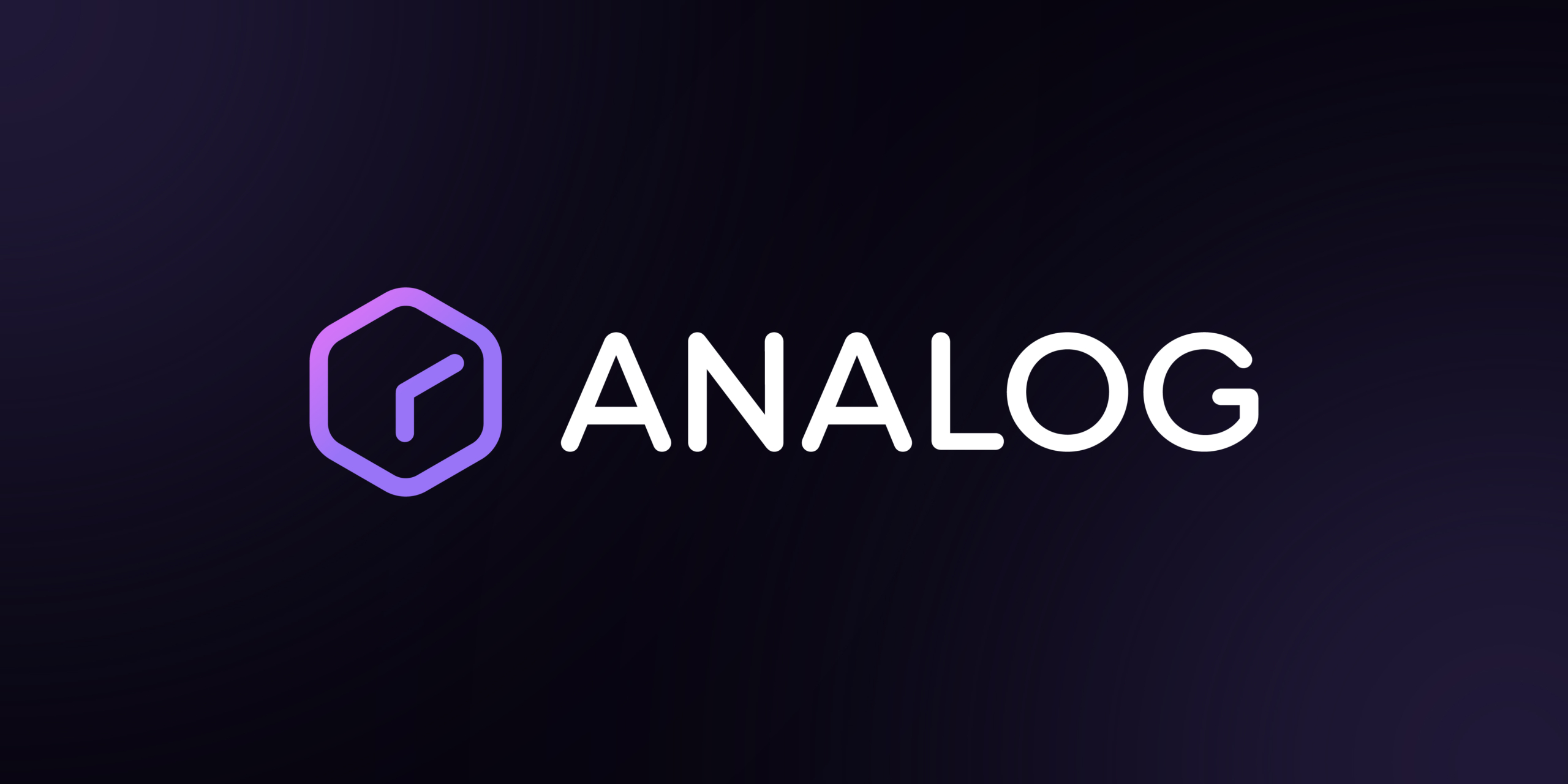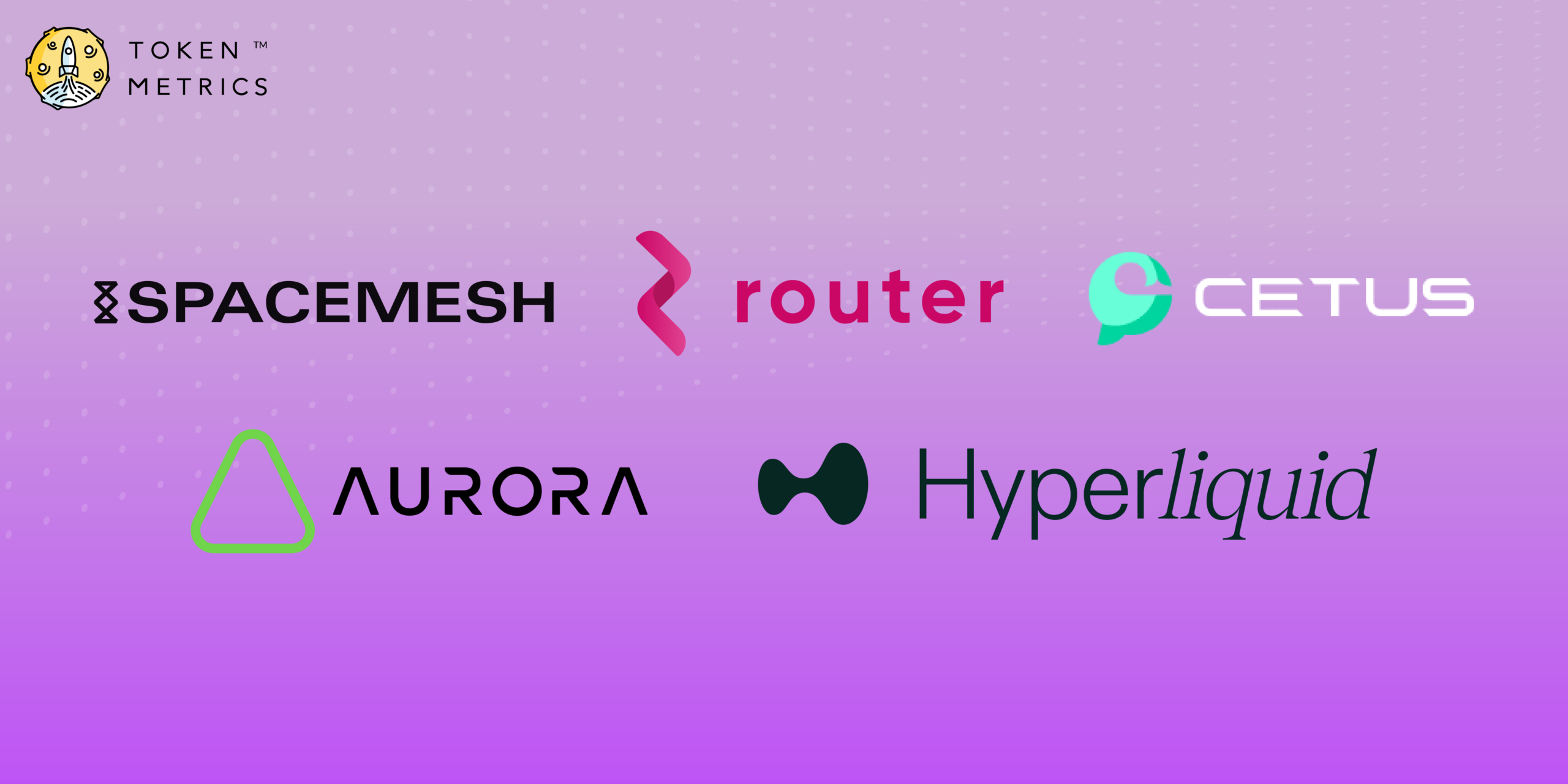Executive Summary

Analog is a Layer-0 blockchain and a unique proof-of-time (PoT)-based, omnichain network that allows decentralized applications (dApps) to communicate frictionlessly through validated event data. Analog represents a comprehensive software suite designed to enhance the capabilities of decentralized applications (DApps) by ensuring secure interoperability. At the core of Analog lies the Timechain, a blockchain driven by an innovative proof-of-time (PoT) consensus protocol, facilitating the seamless transfer of messages across various layer 1 (L1) and layer 2 (L2) networks.
Project Overview

Understanding Analog’s blockchain network involves key components: the Timechain, Timegraph, Event Data Marketplace, and diverse nodes.
The Timechain serves as Analog’s ledger, featuring a scalable Proof-of-Time consensus mechanism to establish a verifiable record of events. It provides a foundational communication framework for developers to implement cross-chain applications. This innovation, a potent low-level communication primitive, propels the development of next-generation dApps within the Analog network.
Event data undergoes validation upon entry into the Timechain before becoming accessible on the Event Data Marketplace. Accumulated event data submissions from individual nodes contribute to the Timegraph, which utilizes its API to securely transfer event data across chains and dApps. Functioning as a decentralized storefront, the Event Data Marketplace facilitates the peer-to-peer exchange of validated event data among nodes in a trustless manner.
The Timechain interacts with several node types, each serving distinct purposes. These include the Time Node (which confirms blocks), the Time Elector (responsible for proposing blocks), the Publisher (involved in submitting blocks), and the unique Tesseract Node. Unlike others, the Tesseract Node retrieves event data from external chains, oversees cross-chain routing, and manages the transfer of event data between the network and target chains.
To ensure security, event data is protected by a privacy-enabled, recursive, zero-knowledge-proof protocol. This robust security measure enables bidirectional, cross-chain transfer of event data between applications without compromising the integrity of the underlying data itself.
Market Analysis
Since the inception of blockchain technology, it has experienced an explosive growth trajectory, culminating in a current valuation of $1.6T, with optimistic forecasts projecting sustained expansion. However, interoperability remains a significant challenge within the market, with existing protocols posing potential complications.
Amidst this landscape, Analog stands out with its distinctive offerings. The mission at Analog is to streamline cross-chain communication, rendering the process akin to the simplicity of utilizing HTTP(S) protocols on the Internet. The conceived message-passing protocol presents a groundbreaking avenue for DApp developers. It empowers them to seamlessly access any smart contract function across Analog-connected chains, unlocking their liquidity. Through this cross-chain communication protocol, DApp developers gain the ability to craft comprehensive user experiences. This innovation enables users to effortlessly engage with diverse assets and applications spanning various blockchains with just a single click, promising a more interconnected and accessible blockchain ecosystem. Analog’s focus on simplifying and enhancing cross-chain interactions positions it as a transformative force in addressing the prevailing interoperability challenges within the blockchain sphere.
Products

Analog Watch – The Analog Watch network operates globally, offering rapid, scalable, and secure access to Web3 data. Its design incorporates a unified GraphQL API, empowering developers to construct cross-chain DApps efficiently at scale. Addressing Web3’s data accessibility challenges, Analog Watch employs a decentralized, cryptographically enabled solution, indexing data from registered smart contracts.
GMP SDK – GMP SDK is a gateway to the entire Web3 landscape. In contrast to bridges focused solely on token transfers, applications utilizing Analog’s GMP protocol can execute any function and transmit diverse messages across connected chains via a streamlined user experience.
Timechain – At its core, the Timechain is an immutable ledger, leveraging cutting-edge technology. Initially driven by a Nominated Proof-of-Stake (NPoS) consensus algorithm and later integrating a more equitable Proof-of-Time (PoT) protocol, it aims to propel the evolution of cross-chain applications. The Timechain adopts a multi-layered security strategy, encompassing threshold cryptography, a robust consensus protocol, and additional protective measures like rigorous validator protections, frequent audits, and bug bounty programs. The network operates permissionless, dynamically managed by a set of validators (time nodes) executing the consensus protocol.
Token
The $ANLOG token functions as the native token within the Analog network, holding a dual role as a utility and governance token within the ecosystem. Individuals seeking participation as time nodes (validators) and involvement in voting for protocol adjustments are required to stake $ANLOG tokens. Further information regarding the tokenomics of $ANLOG will be disclosed later.
Team

The team comprises dedicated and seasoned professionals known for their unwavering commitment and focus. Each member brings extensive experience garnered from illustrious tenures at renowned industry giants. Their collective expertise spans various domains, reflecting a wealth of knowledge gained through their contributions to high-profile companies.
Investors

Conclusion
Analog endeavors to address the prominent interoperability challenge, a significant hurdle within blockchain technology. The Analog network aims to establish a solution that ensures secure communication among interconnected chains, fostering universal web3 interoperability. This groundbreaking approach facilitates seamless interactions for DApp users, granting them access to diverse applications and assets across multiple blockchains through a simplified, one-click user experience.
The project’s focus on tackling this crucial market segment and its distinct capabilities position Analog as a robust initiative within the blockchain sphere. Its commitment to resolving a fundamental issue in the industry while offering a user-friendly interface signifies its potential to make a substantial impact in promoting cross-chain connectivity and accessibility within the blockchain ecosystem.
| Fundamental Analysis | |||||
| Assessment | |||||
| Problem | Significant, long-term problem | 3 | |||
| Solution | Distinct, defensible solution | 3 | |||
| Market Size | Large market, significant growth potential | 3 | |||
| Competitors | High competition, but room for differentiation | 2 | |||
| Unique Value Proposition | Some differentiation, but overlap with existing solutions | 2 | |||
| Current Traction | No or very limited user engagement | 1 | |||
| Unit Economics | Positive unit economics, with plans for further improvement | 3 | |||
| Tokenomics | Solid token strategy, aligns with user incentives | 3 | |||
| Product Roadmap | Clear roadmap, innovative and achievable milestones | 3 | |||
| Business Model | Proven business model with clear path to profitability | 3 | |||
| Go-to-Market Strategy | Basic GTM strategy, lacks detail or differentiation | 2 | |||
| Regulatory Risks | Minimal regulatory risk, strong mitigation and adaptability | 4 | |||
| Total | 66.67% | ||||





